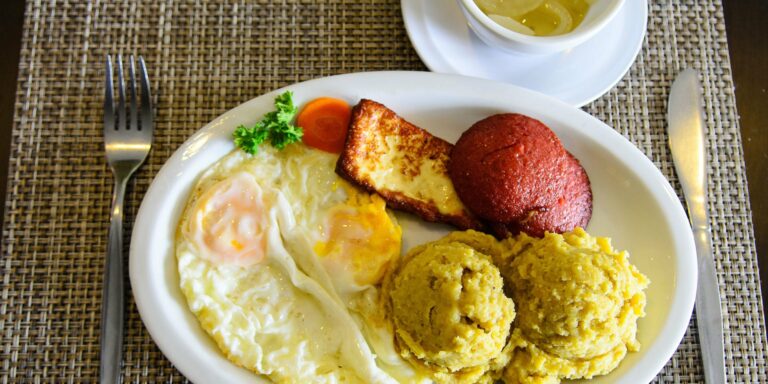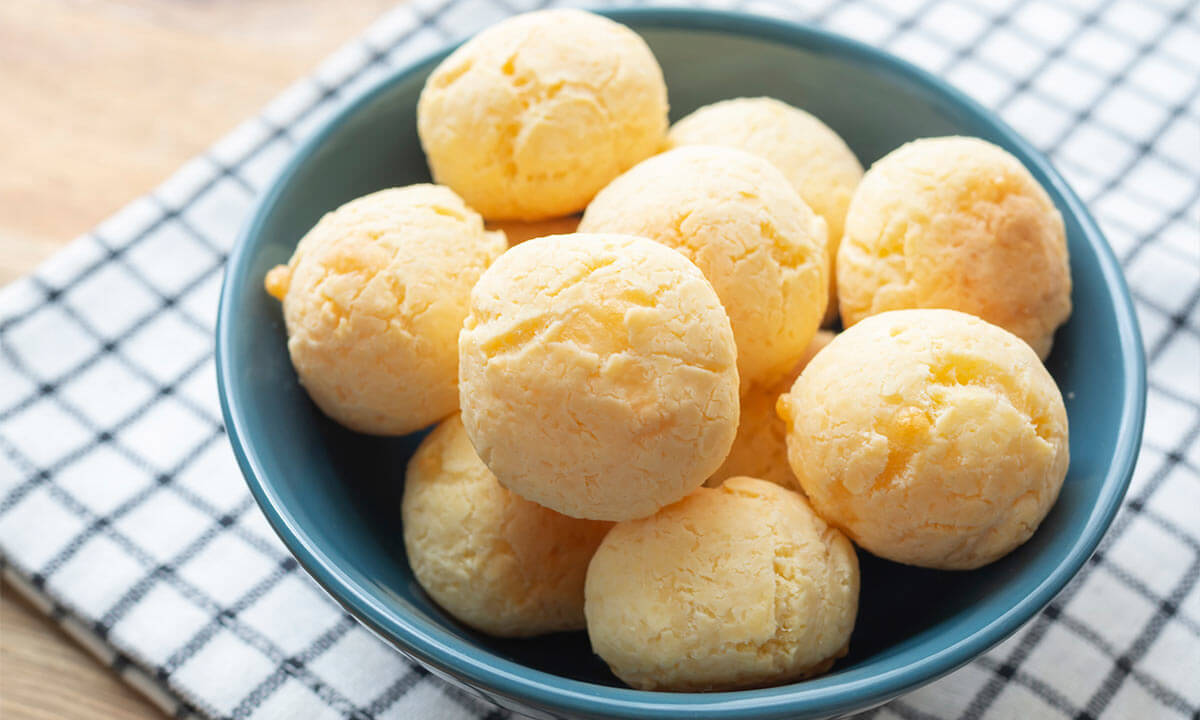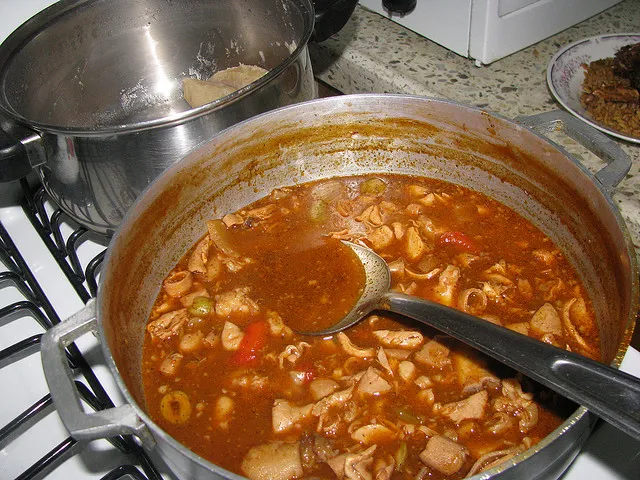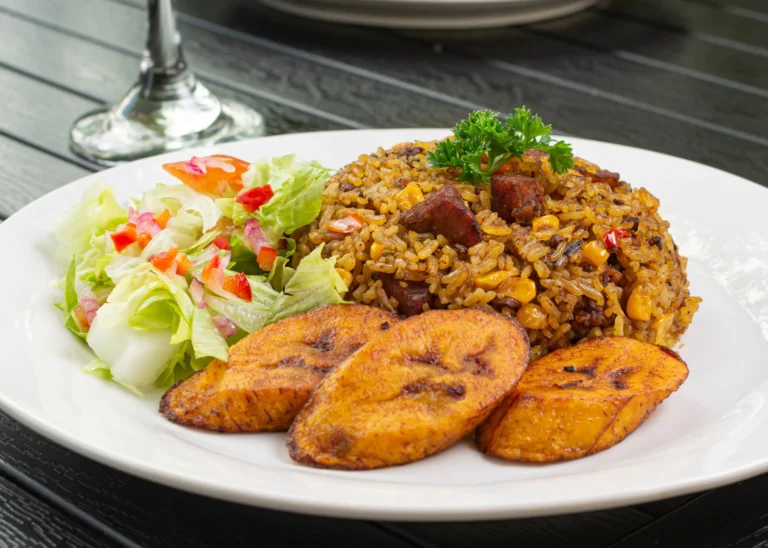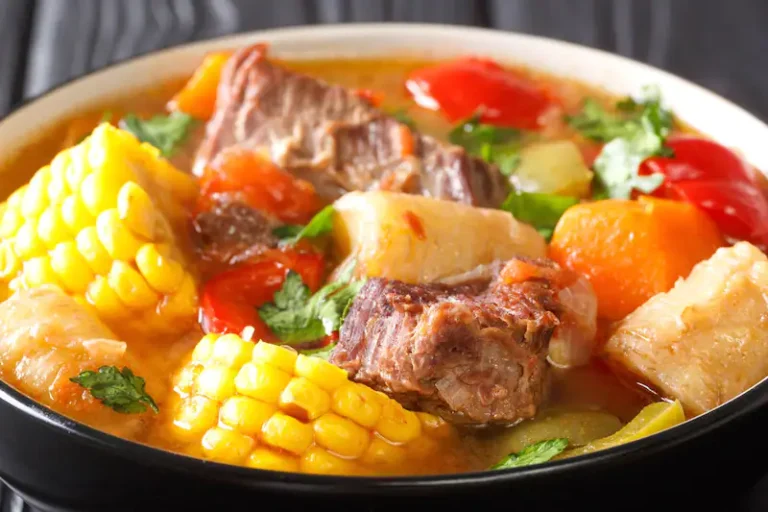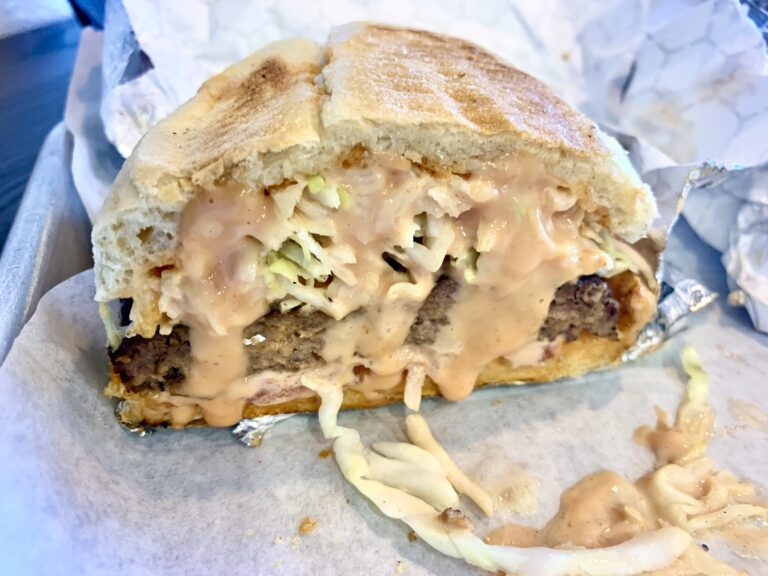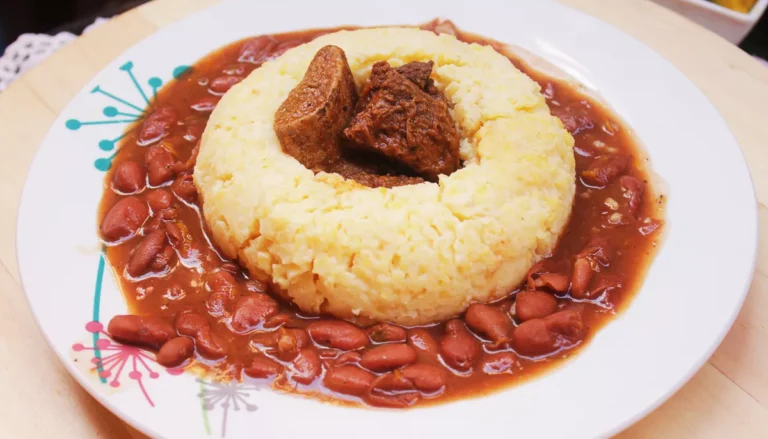Introduction: The Importance of Food in Dominican Culture
Food is an integral part of Dominican culture, and Dominican cuisine is rich in history and cultural significance. The country’s cuisine is a reflection of its diverse and vibrant history, with influences from Spanish, African, and indigenous Taíno cultures. The food in the Dominican Republic is a combination of bold flavors, fresh ingredients, and an appreciation for communal dining. Dominicans take pride in their cuisine, and food is an essential part of their social and cultural identity.
Ancestral Influences on Dominican Republic Cuisine
Dominican cuisine draws heavily from the country’s history and ancestral influences. The indigenous Taíno people, who were present in the Dominican Republic long before the arrival of Europeans, had a significant impact on the country’s cuisine. Many traditional dishes in Dominican cuisine, such as mofongo and sancocho, have their roots in Taíno cuisine. The Spanish colonization of the island also had a significant influence on Dominican cuisine, introducing new ingredients like pork, beef, and garlic. African slaves brought to the Dominican Republic during the colonial era also contributed to the country’s cuisine, bringing with them an array of spices and cooking techniques.
The Role of Plantains in Dominican Cuisine
Plantains are a staple in Dominican cuisine and play a significant role in many dishes. Plantains are a versatile ingredient that can be boiled, fried, mashed, or baked. They are used to make tostones, which are fried plantains, and mangu, a mashed plantain dish. Plantains are also used in sancocho, a traditional Dominican soup, and in many other dishes as a side dish or accompaniment.
The Significance of Rice and Beans in Dominican Food
Rice and beans are a staple in Dominican cuisine, and no Dominican meal is complete without them. The dish is often referred to as “the flag” and consists of white rice, red beans, and a side of meat. This dish has its roots in African and Spanish cuisine and is an essential part of Dominican culture. It is served in homes, restaurants, and street food stalls throughout the country.
The Importance of Seafood in Dominican Cuisine
Given its location in the Caribbean, it’s no surprise that seafood plays a significant role in Dominican cuisine. Fish, lobster, shrimp, and crab are commonly found in Dominican dishes like chillo al ajillo, a garlic and herb-infused fish dish. Seafood is also used in soups and stews, such as the traditional Dominican soup sancocho de pescado.
The Role of Spices and Seasonings in Dominican Cooking
Dominican cuisine is known for its bold, flavorful dishes, and the use of spices and seasonings is key to achieving these flavors. Common spices used in Dominican cooking include oregano, garlic, cumin, and cilantro. Sofrito, a mix of sautéed onions, peppers, garlic, and tomatoes, is also a staple in Dominican cuisine and is used as a base for many dishes.
Festivals and Celebrations that are Centered Around Food
Food plays a central role in many of the festivals and celebrations in the Dominican Republic. During Christmas, Dominicans prepare a wide variety of dishes, including lechón asado (roast pork), moro de guandules (rice and pigeon peas), and pasteles en hoja (plantain tamales). During the Carnival season, street food vendors sell traditional Dominican foods like empanadas, chicharrones, and yaroa, a layered dish made with plantains, meat, and cheese.
Modern Adaptations and Fusion in Dominican Cuisine
As the Dominican Republic becomes more connected to the rest of the world, its cuisine has started to incorporate elements from other cultures. Fusion dishes that combine traditional Dominican ingredients with flavors and techniques from other cuisines have become increasingly popular. Additionally, modern interpretations of traditional Dominican dishes are becoming more common, with chefs putting their own unique spin on classic recipes. Despite these modern adaptations, the cultural significance of food in Dominican cuisine remains an essential part of the country’s identity.


